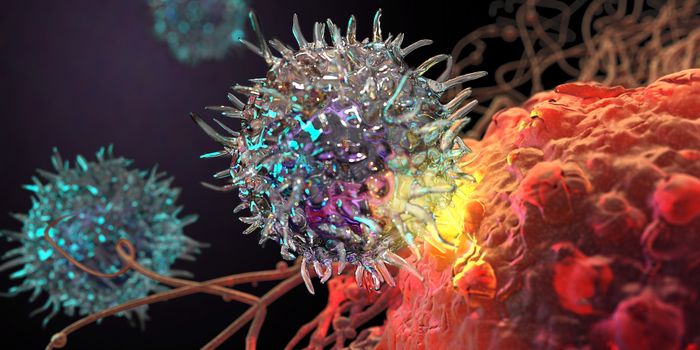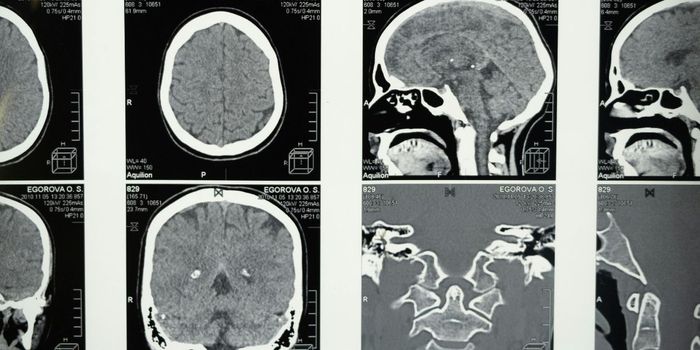Sonic Hedgehog gene speeds up large-scale bone regeneration
Some species of lizards can detach their tails from their bodies when they feel threatened. This common defense mechanism can help lizards escape from threating situations by confusing or distracting their prey. However, this also leaves the lizard without an important appendage as their tail helps aid in balance, locomotion, and food storage. A remarkable feature of the lizard is that they are capable of regenerating, or growing back, their tail. Many other species of animals are also capable of regrowing injured or lost limbs.
Humans, however, are only capable of repairing minor skeletal injuries but, with one exception, as the human rib cage is capable of regenerating large skeletal segments. In one recent study, published in the journal NPJ Regenerative Medicine, researchers identified a gene that may be important for this large-scale bone regeneration.
In the study, the researchers developed a mouse model of large-scale rib cage regeneration. Like humans, mice are also capable of regenerating large segments of rib cage bones. As such, the researchers removed a large segment of a mouse’s rib cage and studied it as it grew back. They found that a gene called Sonic Hedgehog (SHH), was important in the early stages of large bone regeneration, as the gene was significantly elevated at the injury site in the immediate days after injury. Next, when the researchers experimentally removed the gene from some mice, the mice were unable to regenerate ribcage tissue. Interestingly, when the researchers induced small bone injuries in the mice, the SHH gene did not appear to be important. As such, the researchers found that large-scale bone regeneration depends on the SHH gene.
The SHH gene has been implicated in other types of regeneration as well. For example, researchers have found that SHH is required for limb and tail regeneration in salamanders; leg regeneration and growth in Asian Lady Beetles; and fin regeneration in zebrafish. Additionally, in humans, the SHH gene is required for limb development in developing fetuses.
For years, scientists have investigated the mechanisms that allow for skeletal regeneration in the hopes of identifying a therapeutic strategy that can enable humans to repair injuries faster and recover more effectively. The findings from this study may help with this. Dr. Jay Lieberman, an author on the study, said, “Our discovery may inform future therapeutic strategies for situations where patients are missing large sections of bone following high energy injuries such as traffic accidents or combat wounds, or after cancer-related bone resections.”
Sources: eLifeSciences; npj Regenerative Medicine; Frontiers in Cell and Developmental Biology; Stem Cells and Development; Cellular and Molecular Life Sciences; WIREs Developmental Biology; USC








